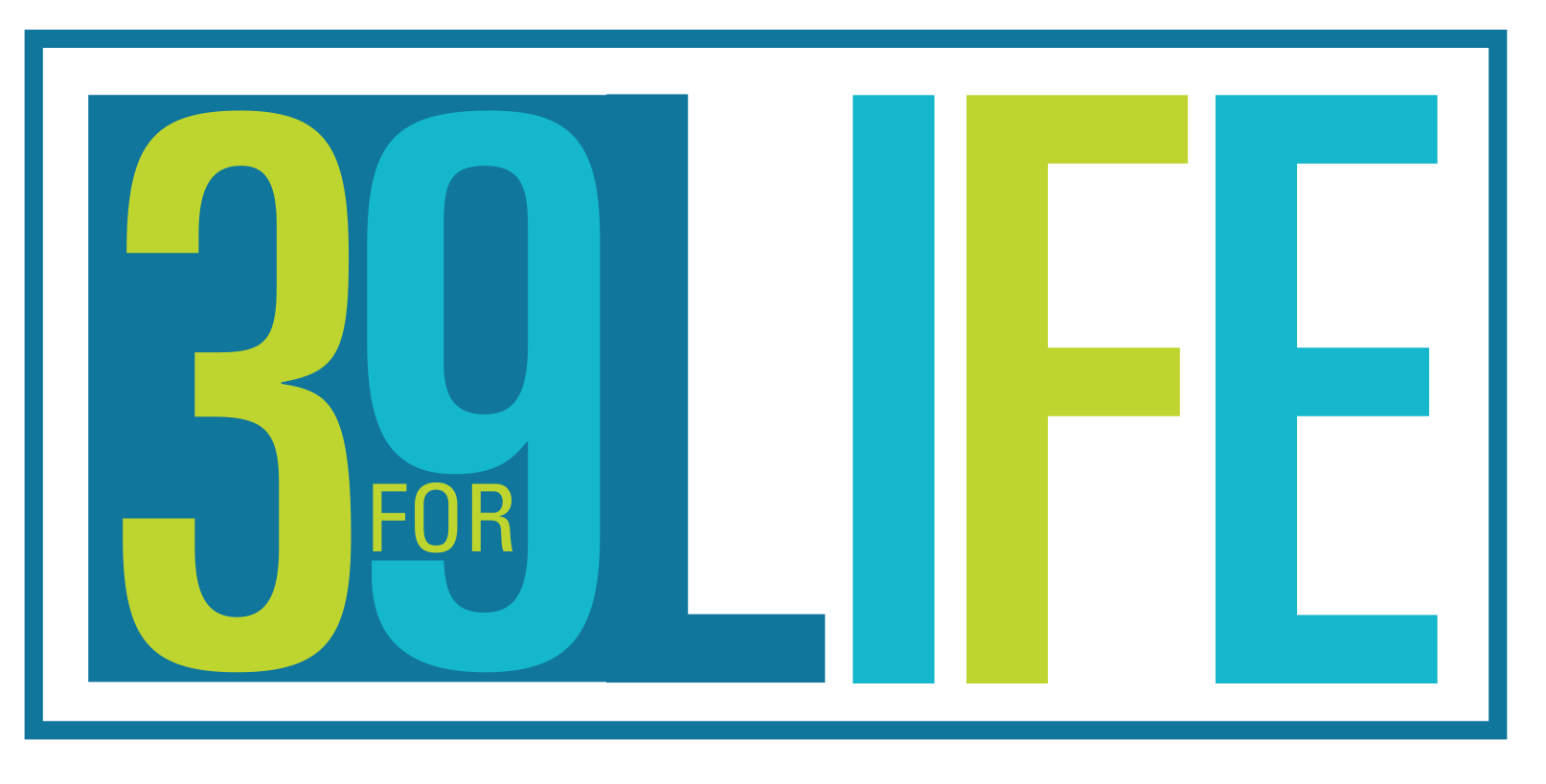Diet culture is everywhere you look, from social media to casual conversations with friends. It’s no surprise that around 45 million Americans try a diet every year. The questions that get asked a lot, however, are if these diets really work and which ones are just fads that should end.
We all know that losing weight usually involves eating healthy, but what does that really entail? Is it eating a significantly high amount of fats, which is what the keto diet recommends, or maybe eating just as much meat, which would then be the carnivore diet? Or could it be the intermittent fasting diet, which suggests only eating during certain times of the day, and a juice cleanse to clean out your body?
Let’s go through what your body needs to thrive and how to adapt these diets into one that can work for you.
Keto Diet
To know if the keto diet is right for you, we first need to go over what exactly it requires. According to Healthline, “the ketogenic diet involves consuming a very low amount of carbohydrates and replacing them with fat to help your body burn fat for energy.” Supposedly, the keto diet will help you lose weight and even decrease your chances of contracting certain diseases.
Although the diet seems to make sense, there is a small weakness: Eating too much fat, whether it’s healthy fats or not, can lead to major health conditions such as high blood pressure and diabetes. If you still decide to follow the keto diet, just remember that including too many fats can lead to other health concerns. With that in mind, you can swap some of your daily fat intake for more protein, vegetables, or fruits.
Carnivore Diet
The ultimate meat-lover diet is described by Primal Kitchen as being entirely animal-based: “participants forgo side dishes and sustain themselves on meat, seafood, eggs, and perhaps dairy. The carnivore diet is a type of Primal and ancestral diet.”
It’s undeniable that protein is an important part of a well-balanced diet, but having too much has been found to lead to a higher risk of heart and kidney disease. If you’re thinking of trying some adaptation of this diet, trade out a few slices of meat for some tasty raw vegetables or fruit to help balance things out a bit.
Intermittent Fasting
A little different from the previous two diets, intermittent fasting does not require you to eat certain foods but rather to eat during certain times. It is recommended to start with fasting for 12 hours and slowly progress to 18 hours. That means you could pick a window of time to eat—such as 9 a.m. to 9 p.m.—when starting.
Some things to consider before jumping on this famous diet are having to deal with heightened cravings and gallstones. To combat cravings and gallstones during fasting periods, set reminders to drink regularly and eat filling foods like fresh fruits, pasta, and eggs.
Juice Cleanse
Who doesn’t love a freshly pressed orange juice in the morning? Is it going too far, though, when a diet requires you to go one to 10 days of only drinking juices that contain fruits and vegetables?
As mentioned above, fruit and vegetables are very nutritious. However, eating too much of any food can lead to weight gain since your body needs several resources to function properly. Compromise by limiting the amount of days you cleanse for and taking a few supplements.
Our bodies are complicated, and they require certain amounts of calories, fats, proteins, carbohydrates, and many other enriching substances. Make sure to do your research before starting any diet, and listen to your body.
A version of this article was published by The Daily Herald. It has been republished here with permission.




